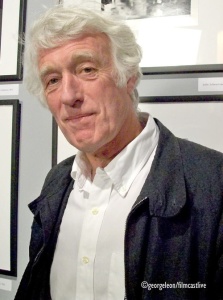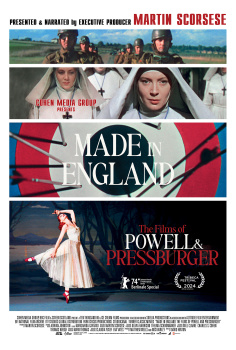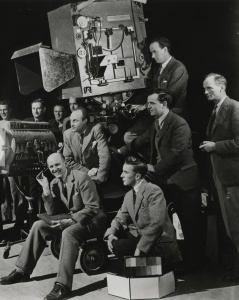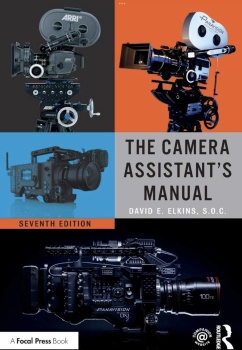ULTIMATE GUIDE TO CAMERA MOVEMENT
Camera movement is a surefire way to amplify your visual storytelling. Whether
you opt for a dolly shot, a tracking shot, or decide to go handheld, a simple
scene can turn into an electrifying moment. In this video essay, Episode 6 of
The Shot List, we’re going to cover every type of camera movement in film.
From the storytelling value of each camera movement to the camera movement
techniques necessary to pull them off.
First up is the static shot — the absence of camera movement. Static shots are
perfect for dialogue scenes or when you want to showcase the actor’s
performance. A pan shot is a go-to when you want to reveal context, setting, or
even build suspense. A whip pan can be a dynamic way to transition between
characters in a scene or between different scenes.
The tilt is a camera movement
typically used to introduce characters or show the size and scope of a location.
Pushing the camera in or pulling out are camera movements designed to either
connect or disconnect the audience to a character or a situation. A zoom shot is
not technically a camera movement because it is a function of the lens
magnifying or de-magnifying the image. But when you combine it with a dolly
camera movement, you can create a striking and cinematic camera movement called
a dolly zoom.
The dolly zoom effect compresses or stretches the background
around the subject for an evocative and powerful camera shot. When a camera
rolls, the world is literally turned upside down. Tracking shots will lead or
follow the subject and can be utilized in any number of situations. When the
camera follows parallel to the subject, it is known as trucking. When the camera
movement surrounds the subject to make them feel surrounded or perhaps heroic,
you’ve got yourself an arc shot.
A boom shot is a vertical camera movement,
which can be subtle or grand like a crane shot. The final camera movement is
handheld with random shake and/or seemingly arbitrary zooms. When you’re going
for documentary realism, this is the ideal approach to camera movement.


























































